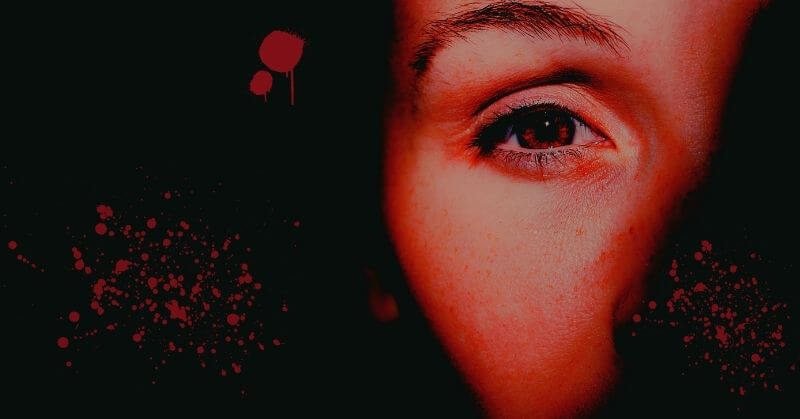What is ovulation bleeding – Ovulation spotting, also known as ovulation bleeding, is a type of mild vaginal bleeding that occurs when you ovulate. Ovulation is the process occurring at the time of releasing the egg right from your ovary during your menstrual cycle or periods.
What does ovulation bleeding look like?
Ovulation bleeding color- Spotting is not the same as the bleeding that occurs with your menstruation. Normally, spotting involves:
- Light flow
- only lasts a day or two and is pink, reddish, or brown in color.
Menstrual Bleeding
Menstrual bleeding is frequently strong enough to need the use of a pad, tampon, or menstrual cup. The usual menstruation lasts around three to five days, in some rare cases up to seven days with total blood loss ranging from 30 to 80 milliliters (mL). This cycle happens every 21 to 32 days on average.
Although there are many possible causes for bleeding in the middle of your periods, ovulation bleeding is not very common. A study was published in the well-known American Journal Of Epidemiology where it was given that around 2.8% of healthy young women bleed during their menstrual cycle and it is a one-day process.
Spotting during ovulation is usually not a reason for concern, but if you see sudden bleeding at any time other than the Menstrual cycle, might be concerning. So how can you know if you’re experiencing typical ovulation bleeding or something more serious, and when you should seek medical help?
Please read this complete article to find out to whom ovulation bleeding occurs, what are signs and symptoms and how you can cure it.
When Does Ovulation Bleeding Occur?
Hormones can be blamed for this primarily if you are facing Ovulation Spotting in the middle of your cycle. Women having higher estrogen levels, luteinizing hormone or LH, and progesterone finds the issue-spotting more frequently. This happens mostly at the time of ovulation. (Research done on this shows that.)
It can occur anywhere between 13 and 20 days into your menstrual cycle, depending on when your body releases an egg. Each cycle of menstrual starts on the very first day of the period of a month. This will be seen if you monitor closely.
Our bodies don’t always follow a strict schedule. From cycle to cycle, the exact time you ovulate might differ by a few days. Now, this also has various reasons, including your diet, lifestyle, exercise, sleeping pattern, traveling frequency, and many more, you can check the article: why my menstrual cycle changes every Month.
Ovulation Spotting Signs
- When you see some small droplets of blood on your underwear or on toilet paper you can call it Ovulation spotting, how long does ovulation bleeding last? it generally lasts no more than one or two days.
- Since it is regularly combined with cervical fluid, which increases after ovulation, it may seem light pink or scarlet in appearance.
- This might indicate that you’ve reached your reproductive window whether you’re attempting to conceive or want to prevent becoming pregnant.
However, while ovulation bleeding is unusual, other ovulation symptoms, such as a shift in your basal body temperature that might drop slightly before quickly rising after ovulation or the nature of your cervical fluid, may be more dependable which should resemble egg whites around this time.
Other reasons for Spotting
Implantation bleeding, which occurs after a fertilized egg attaches to your uterus or womb, is another sort of spot you may have heard about.
The difference existing between these two ( ovulation bleeding vs implantation bleeding) must be known by you.
Timing plays a crucial part in this situation. Implant bleeding usually occurs around the time of your next menstruation. This is usually light or mild and the duration is shorter than periods of bleeding, just like ovulation bleeding.
Unexpected bleeding between periods can occur because of many causes, including ovulation and implantation. Some examples are:
- Puberty or perimenopause can cause hormonal changes.
- Endometriosis
- Fibroids or polyps in the ovaries
- Pregnancy
- Bleeding problems
- Trauma
- Smoking cigarettes.
How to Stop Ovulation Bleeding?
If you’ve observed unusual bleeding between cycles, consult a healthcare expert since it can be difficult to distinguish the difference between ovulation bleeding and other reasons for spotting.
If you have spotting besides your periods such as bleeding after having a baby dance, longer and heavier periods, and bleeding after the time of menopause are all points that indicate that you must go for a doctor’s visit.
In the meanwhile, you should start to use a calendar or an ovulation app to keep a record of your symptoms. Your obstetric care expert will be able to figure out what’s causing your irregular bleeding with a few questions, a pelvic exam, and, in certain situations, imaging or other testing depending on the severity of this.
Conclusion
So, this was all about what is ovulation bleeding, to whom it happens, what are the signs and causes and how to treat that, hope you like our article, do share your thoughts in the comment section, on which topic you want to know more about!
Follow Us: Facebook | Instagram | Twitter | Youtube | Pinterest
Tinydale is on YouTube, Click here to subscribe for the latest videos and updates.

